Blonde dog breeds are becoming increasingly popular among pet owners. These breeds are known for their unique and beautiful coat colors that range from light cream to golden hues. Some of the most popular blonde dog breeds include the Golden Retriever, the Cocker Spaniel, and the Labrador Retriever.
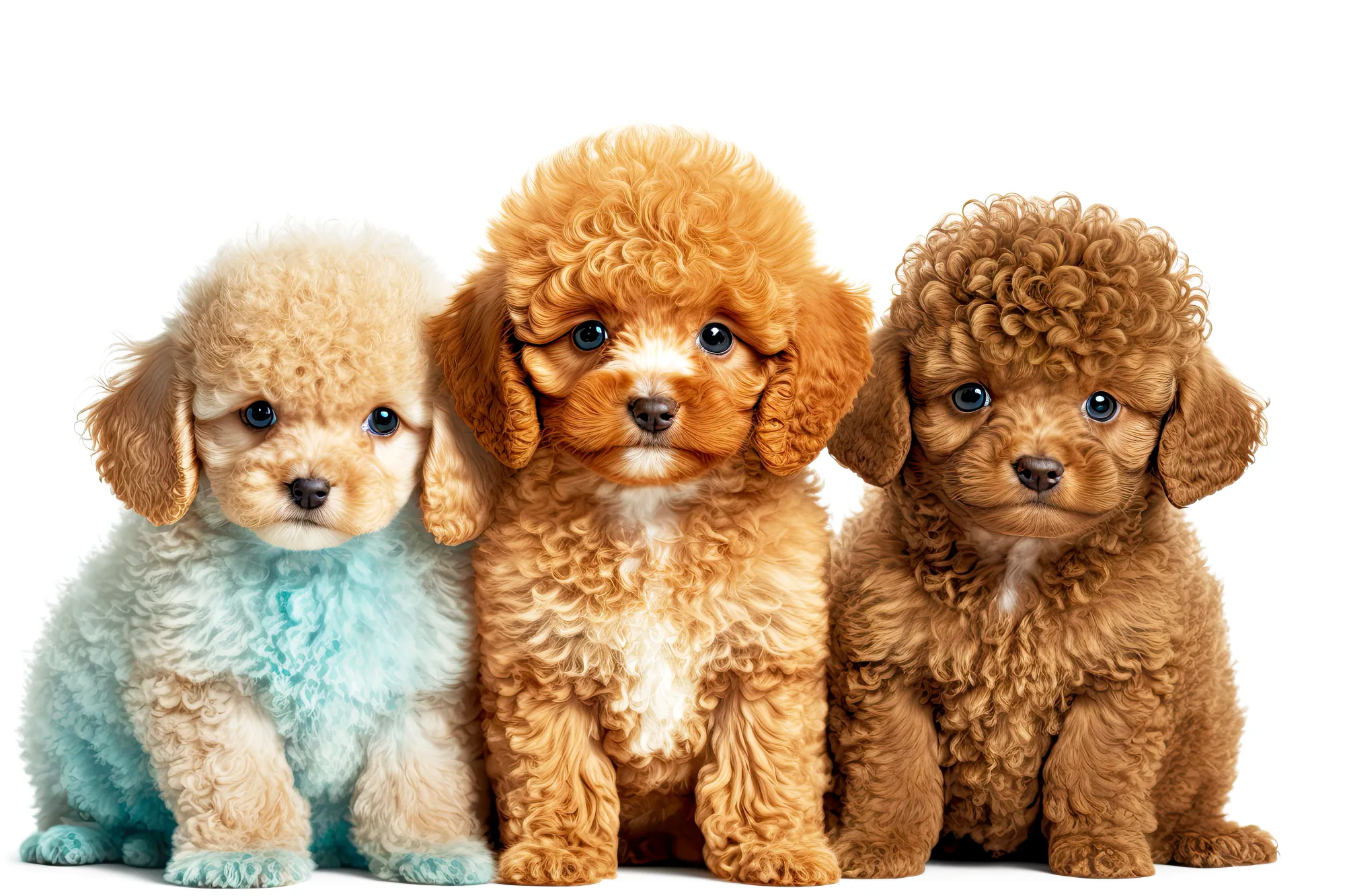
Blonde dogs are not only aesthetically pleasing, but they also have a number of positive qualities that make them great pets. For example, Golden Retrievers are known for their friendly and loyal personalities, while Cocker Spaniels are playful and affectionate. Additionally, many blonde dog breeds are easy to train and make great family pets. However, it is important to note that each breed has its own unique temperament and personality, so it is important to research and choose the right breed for your lifestyle and preferences.
Characteristics of Blonde Dog Breeds
Blonde dog breeds are known for their light-colored coats, which can range from pale cream to deep golden hues. These breeds are popular for their striking appearance and friendly personalities. In this section, we will explore the different characteristics of blonde dog breeds, including their coat colors and genetics.
Coat Colors and Types
Blonde coats can come in a variety of shades and patterns. Some breeds have a solid, uniform coat color, while others have a mix of blonde and tan fur. The texture of the coat can also vary, with some breeds having a double coat for added insulation, and others having a smooth coat that is easy to maintain.
Here are some common blonde dog breeds and their coat characteristics:
- Golden Retriever: This breed has a thick, double coat that is water-resistant and comes in shades of cream to dark golden.
- Cocker Spaniel: Cocker Spaniels have a silky, wavy coat that can be blonde or a mix of blonde and tan.
- Bichon Frise: The Bichon Frise has a curly, hypoallergenic coat that is typically white but can have blonde patches.
Genetics Behind Blonde Coats
The genetics behind blonde coats in dogs is complex and involves several genes. One of the key genes involved is the MC1R gene, which controls the production of eumelanin, a pigment that gives fur its color. Dogs with mutations in this gene produce less eumelanin, resulting in a lighter coat color.
Blonde coats are more common in some breeds than others, and can be influenced by selective breeding. For example, the Golden Retriever was bred for its golden coat color, while the Cocker Spaniel was originally bred for hunting and had a coat color that blended in with its surroundings.
In conclusion, blonde dog breeds are known for their unique coat colors and patterns, as well as their friendly personalities. Understanding the genetics behind these coat colors can help breeders produce dogs with the desired traits, while also helping pet owners care for their furry companions.
Popular Blonde Dog Breeds
Blonde dog breeds are always a popular choice for pet owners. These dogs are known for their beautiful golden or white coats and friendly personalities. In this section, we will discuss some of the most popular blonde dog breeds.
Golden Retriever
The Golden Retriever is one of the most popular dog breeds in the world. They are known for their loyal, obedient, and intelligent nature. These dogs are great family pets and are often used as service dogs due to their calm temperament.
Labrador Retriever
The Labrador Retriever is another popular breed known for their friendly and devoted personality. They are often used as guide dogs, search and rescue dogs, and therapy dogs. These dogs are easy to train and make great family pets.
Cocker Spaniel
The Cocker Spaniel is a small breed known for their affectionate nature and expressive eyes. They are great with children and make excellent family pets. These dogs require regular brushing to keep their beautiful blonde coats looking their best.
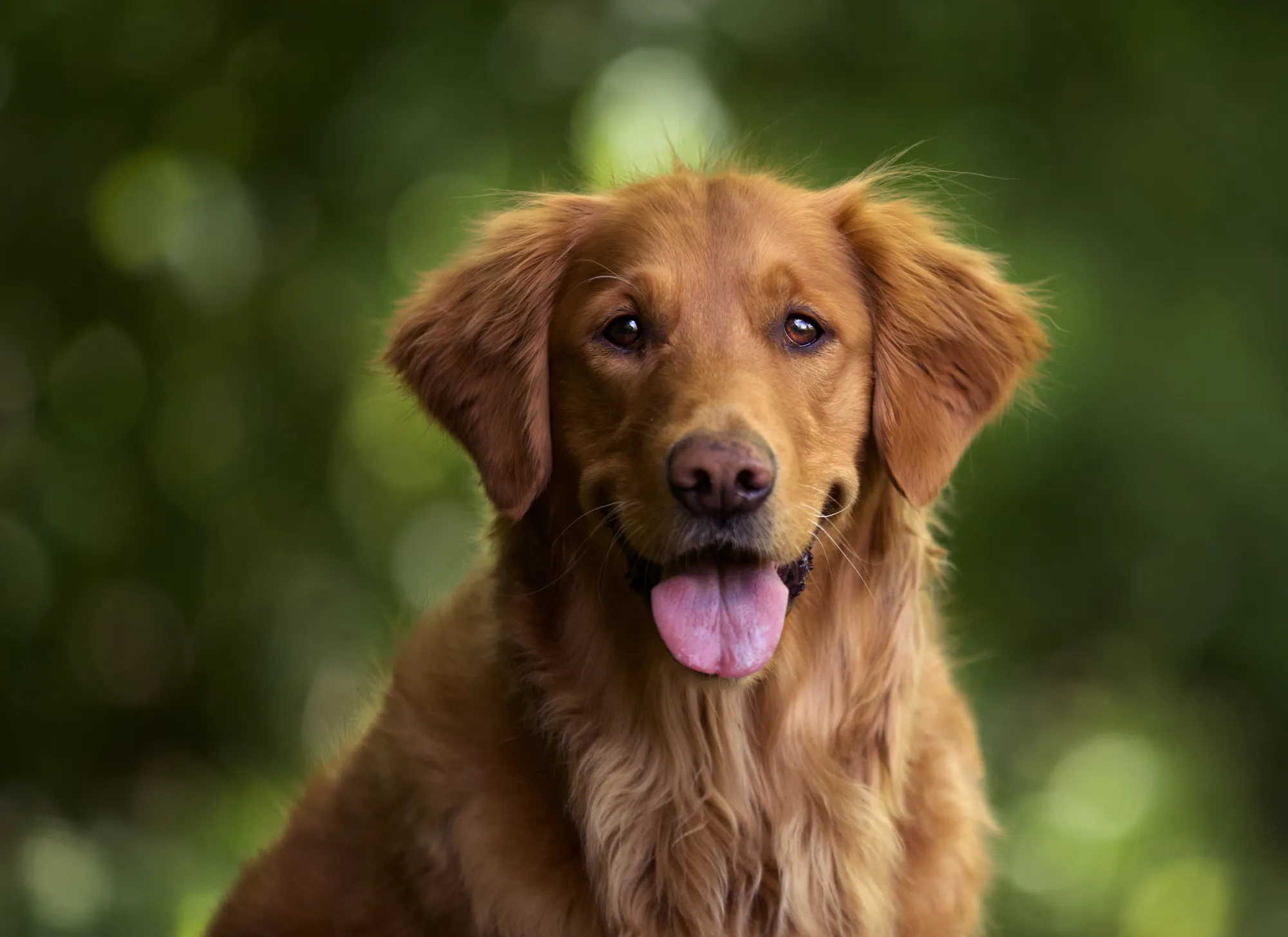
Maltese
The Maltese is a small breed known for their white coat and gentle nature. They are great lap dogs and make excellent companions for those living in apartments or small homes. These dogs require regular grooming to keep their coats looking beautiful.
Poodle
The Poodle is a highly intelligent breed known for their unique personality and trainability. They come in a variety of sizes, including the standard, miniature, and toy. These dogs are often used in dog shows and require regular grooming to maintain their beautiful coats.
Overall, blonde dog breeds are a popular choice for pet owners due to their friendly personalities and beautiful coats. Whether you are looking for a large or small breed, there is a blonde dog out there for everyone.
Health and Care
Grooming and Brushing
Blonde dog breeds have different coat colors, but they all require regular grooming and brushing to maintain their shiny coats. Regular brushing helps to prevent matting and tangling of the hair, which can lead to skin irritation and infection. It is recommended to brush your dog's coat at least once a week, and more frequently during shedding seasons.
Exercise and Training
Blonde dog breeds are active and require daily exercise to maintain their physical and mental health. They are intelligent and respond well to positive reinforcement training methods. It is important to provide them with enough exercise to meet their exercise requirements, which can vary depending on the breed and individual dog.
Diet and Nutrition
A balanced diet is crucial for the overall health and well-being of blonde dog breeds. They require a diet that is rich in protein, vitamins, and minerals. It is important to provide them with high-quality dog food that meets their nutritional needs. It is also important to avoid overfeeding them to prevent obesity, which can lead to various health issues.
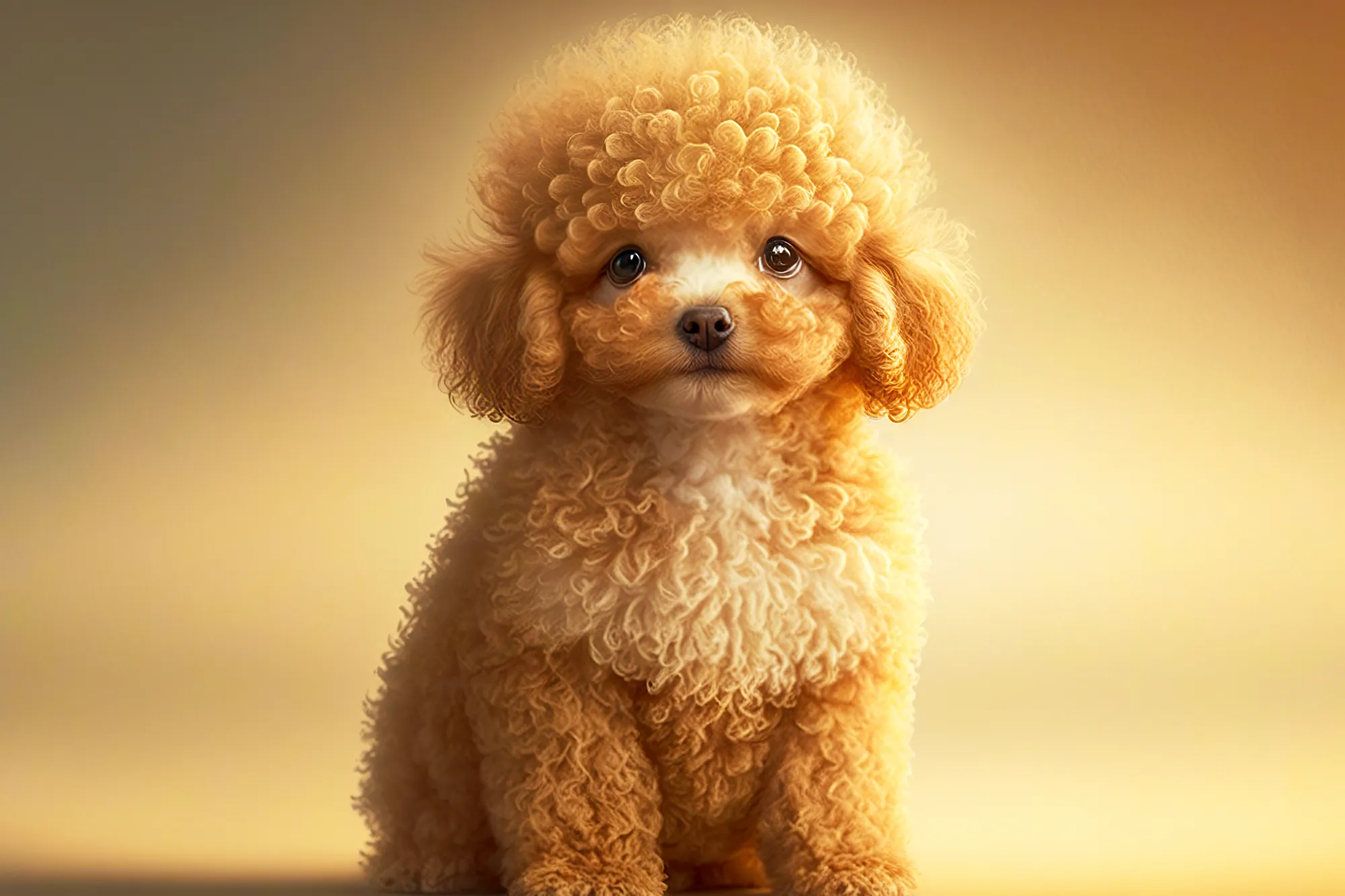
Common Health Issues
Blonde dog breeds are generally healthy, but like all dogs, they can be prone to certain health issues. Some of the common health issues that they may face include cataracts, cancer, and hip dysplasia. It is important to provide them with proper care and regular check-ups with a veterinarian to prevent and treat any health issues that may arise.
Behavior and Personality
Temperament
Blonde dog breeds are known to have a variety of temperaments. Some are known to be friendly, while others can be quite protective. However, most blonde dog breeds are generally known to be loyal, affectionate, and playful.
When it comes to attitude, blonde dog breeds can vary greatly. For example, some breeds like the Golden Retriever are known for their friendly and outgoing personality, while others like the Afghan Hound can be more aloof and independent.
Intelligence and Trainability
Blonde dog breeds are generally known to be intelligent and trainable. Many breeds like the Labrador Retriever and the Poodle are often used as service dogs due to their high level of intelligence and obedience.
However, it's important to note that each breed has its own unique personality and temperament, which can affect their trainability. Some breeds may require more patience and consistency when it comes to training, while others may pick up commands quickly.
Overall, blonde dog breeds make great pets for those who are looking for a loyal, intelligent, and affectionate companion. With proper training and socialization, these breeds can make wonderful additions to any family.
History and Origin
Blonde dog breeds have a long and fascinating history that spans centuries. These dogs have played important roles in human society, serving as loyal companions, skilled hunters, and even symbols of royalty and power. In this section, we will explore the history and origin of blonde dog breeds, including their historical roles and breed development.
Historical Roles
Blonde dog breeds have been used for a variety of purposes throughout history. One of their most common roles has been as hunting dogs, particularly for game birds and small game. These dogs have a keen sense of smell and excellent tracking abilities, making them valuable assets in the field. They were often used by hunters to locate and retrieve game, and their speed and agility made them well-suited for chasing down prey.
In addition to their hunting abilities, blonde dog breeds have also served as loyal companions and protectors. Many of these breeds were originally developed as guard dogs, and their fierce loyalty and protective instincts made them ideal for this role. They were often used to protect livestock, property, and even their owners.
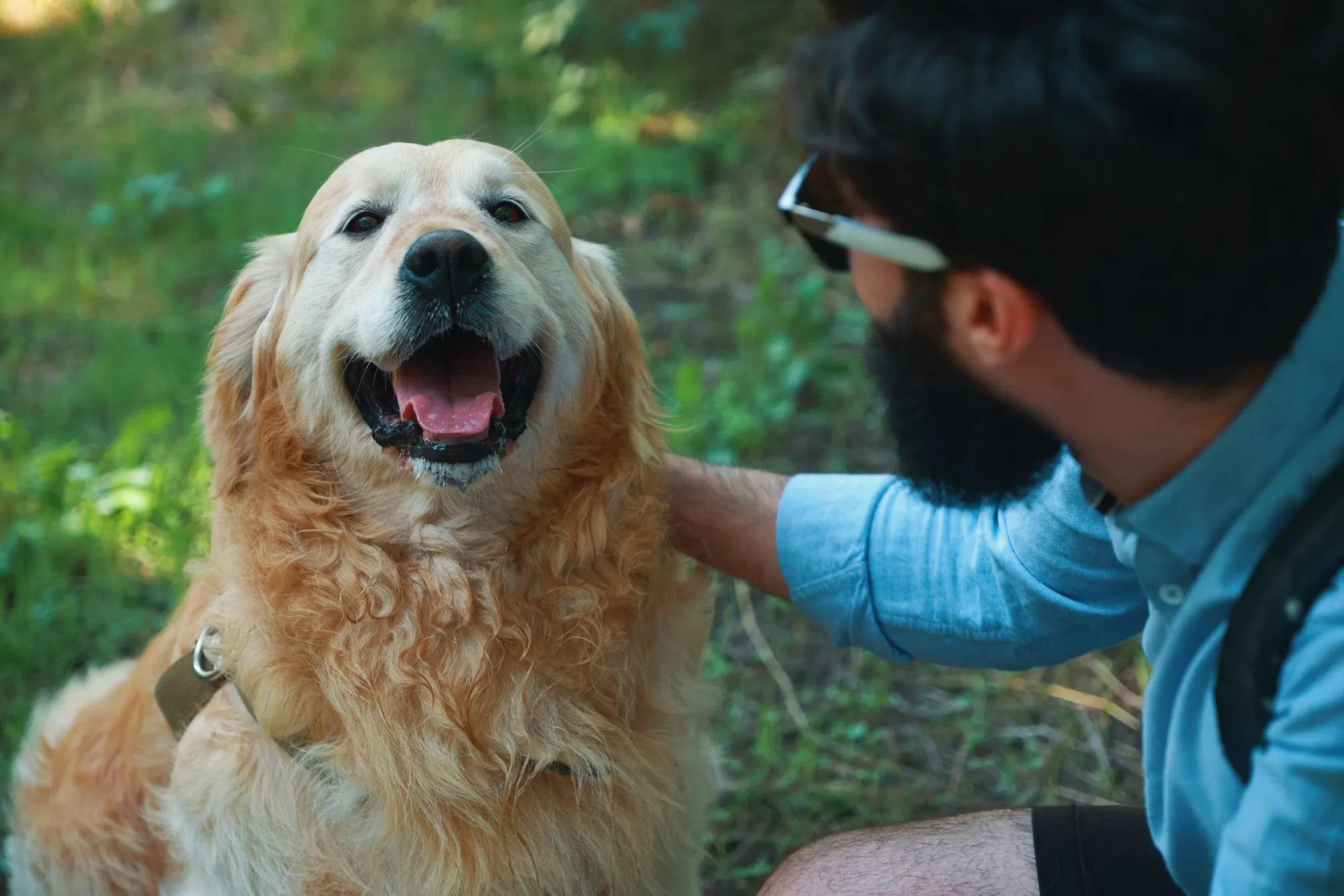
Breed Development
The development of blonde dog breeds is a complex and fascinating process that involves genetics, history, and human intervention. Many of these breeds were originally developed for specific purposes, such as hunting or guarding, and were selectively bred over time to enhance their desired traits.
The exact origins of many blonde dog breeds are not well-documented, but it is believed that they have been around for centuries. Some breeds, such as the Golden Retriever and the Labrador Retriever, were developed relatively recently in the 19th century. Other breeds, such as the Cocker Spaniel and the Poodle, have been around for centuries and have undergone significant changes in appearance and temperament over time.
Overall, the history and origin of blonde dog breeds is a rich and fascinating subject that continues to captivate dog lovers and historians alike. Whether you are interested in their hunting abilities, their loyal companionship, or their unique genetic makeup, there is no denying the important role that these dogs have played in human society over the years.
Choosing a Blonde Dog Breed
When it comes to choosing a blonde dog breed, there are several factors to consider. This section will cover the suitability of blonde dog breeds for families, their adaptability to living environments, and cost considerations.
Suitability for Families
Blonde dog breeds can make great family pets. They are often loyal, affectionate, and playful, making them perfect companions for children. However, it's important to choose a breed that fits well with your family's lifestyle. Some breeds, such as the Golden Retriever, are known for their gentle nature and are great with children. Other breeds, such as the Afghan Hound, may not be as suitable for families with young children due to their high energy levels.
Adaptability to Living Environments
Blonde dog breeds can adapt to a variety of living environments, but it's important to choose a breed that fits your lifestyle. Some breeds, such as the Maltese, are well-suited for apartment living due to their small size and low exercise requirements. Other breeds, such as the Labrador Retriever, require more space and exercise and are better suited for homes with large yards.
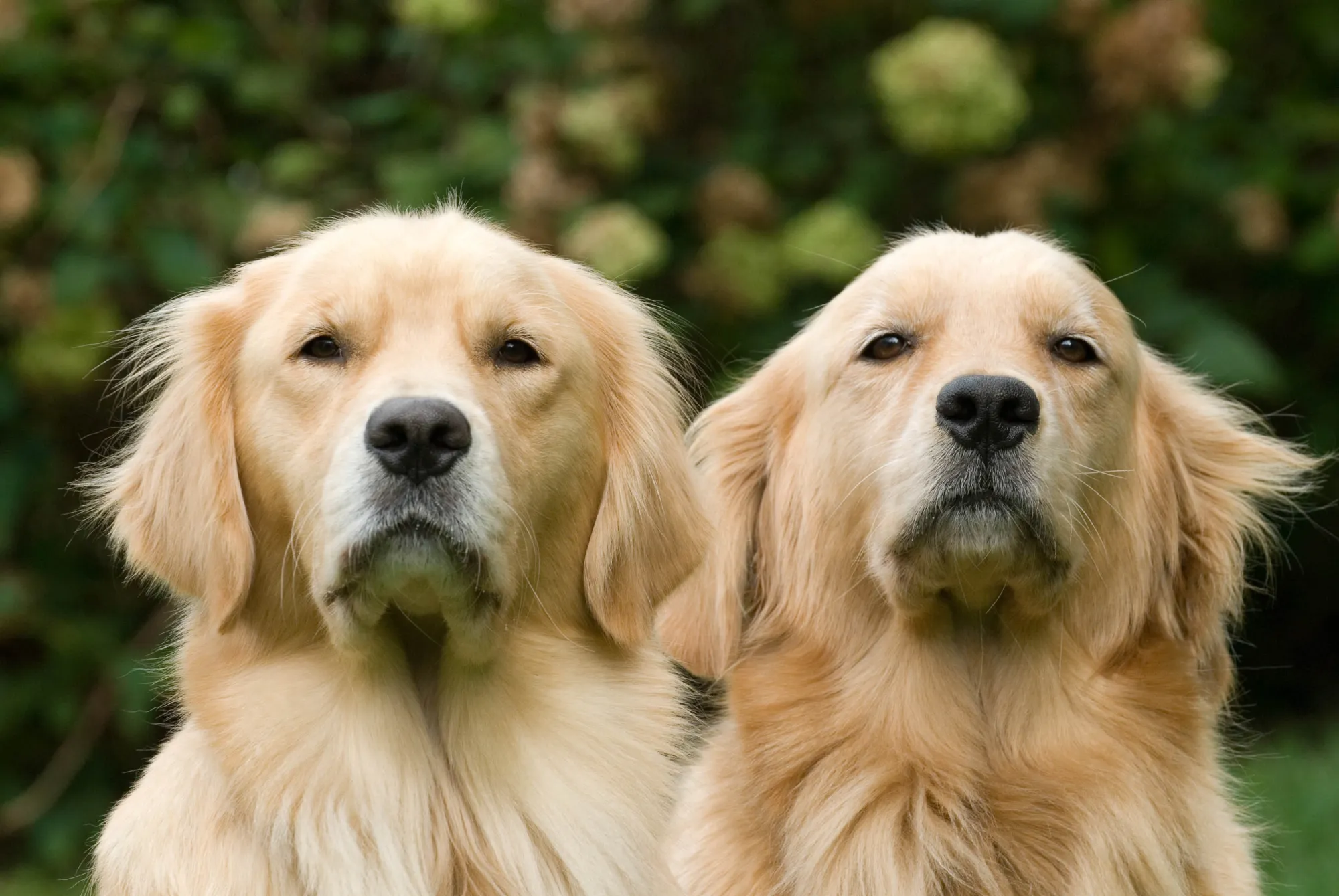
Cost Considerations
The cost of owning a blonde dog breed can vary depending on the breed and its specific needs. Some breeds, such as the Bichon Frise, require regular grooming and may incur additional costs for professional grooming services. Other breeds, such as the Boxer, may be prone to health issues that require additional veterinary care. It's important to consider these factors when choosing a blonde dog breed and budget accordingly.
Overall, when choosing a blonde dog breed, it's important to consider your family's lifestyle, the breed's exercise requirements, and any potential additional costs associated with owning the breed. By carefully considering these factors, you can choose a blonde dog breed that is a great fit for your family.
Conclusion:
In conclusion, blonde dog breeds offer a wonderful array of choices for prospective pet owners, each with its own unique charm, characteristics, and needs. From the loyal and gentle Golden Retriever, perfect for families, to the intelligent and graceful Poodle, suitable for various living environments, there is a blonde dog breed to suit almost every lifestyle and preference.
However, it is essential for potential owners to consider not just the aesthetic appeal of these breeds but also their specific care requirements, including grooming, exercise, and health considerations, to ensure a happy and healthy life for their furry companion.
By understanding the rich history, diverse personalities, and particular needs of these breeds, individuals can make informed decisions that lead to lasting and fulfilling relationships with their blonde dog companions. Whether for companionship, service, or family life, blonde dog breeds stand out not only for their striking coats but also for their capacity to bring joy, loyalty, and love into the lives of their human counterparts.
FAQs
- What is a dog play bow and what does it signify?
- A dog play bow is a posture where a dog lowers its front legs and chest to the ground while keeping its hindquarters raised. This behavior is a signal of the dog's desire to play and engage in friendly interaction, indicating playfulness rather than aggression or submission.
- How can dog owners interpret their dog's body language during play?
- Dog owners can observe their dog's body language, such as ear position, tail wagging, and overall posture, to interpret their mood and intentions. A relaxed, playful posture with a wagging tail usually indicates a happy dog, while tense body language may signal discomfort or aggression.
- What are the benefits of play for dogs?
- Play provides dogs with essential physical exercise, mental stimulation, and stress relief. It also plays a crucial role in socialization, helping dogs learn appropriate social behaviors, establish trust, and build social bonds with other dogs and humans.
- How can owners teach their dog to perform a play bow?
- Owners can teach their dog to bow by luring them with a treat towards the ground, encouraging the front legs to bend while the hind stays raised. Positive reinforcement, like treats and praise, should be used to reward the dog as they learn the trick.
- What is the significance of the play bow in dog communication?
- The play bow is a significant part of canine communication, signaling a dog's friendly intentions and readiness to engage in play. It helps prevent misunderstandings during play and is a way for dogs to establish a friendly rapport with each other.
- Can all dogs learn to play bow?
- Most dogs naturally perform the play bow during play, but the ease of teaching this behavior deliberately can vary among individuals. Factors like age, breed, and temperament can influence a dog's propensity to learn and perform the play bow on cue.
- How can owners ensure playtime is safe and enjoyable for their dogs?
- Owners should choose appropriate, safe toys, establish clear playtime rules, and supervise interactions to prevent overexcitement or aggression. Understanding and respecting each dog's play style and limits is key to ensuring playtime remains a positive experience.




